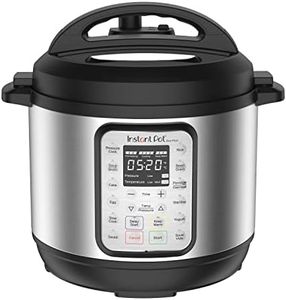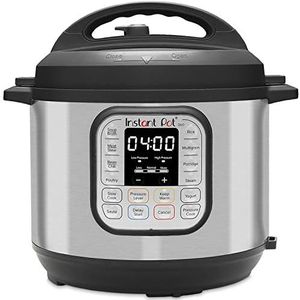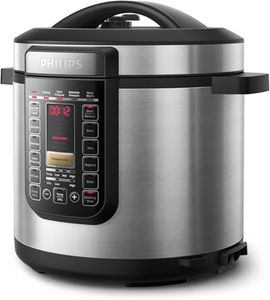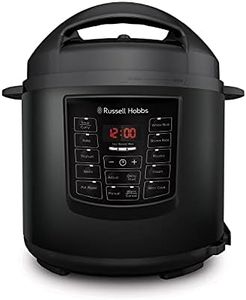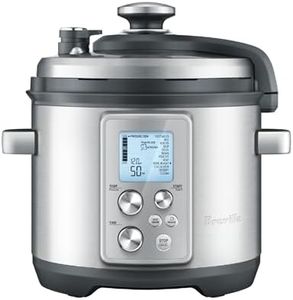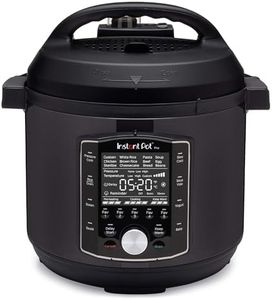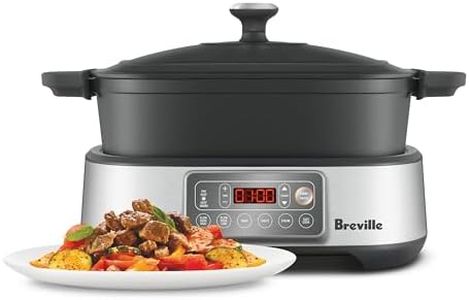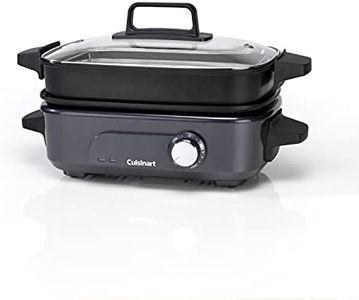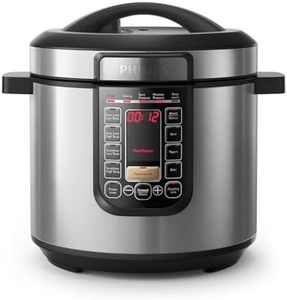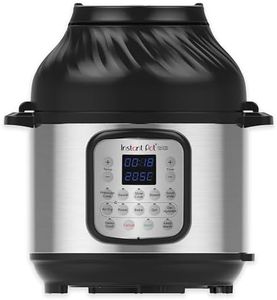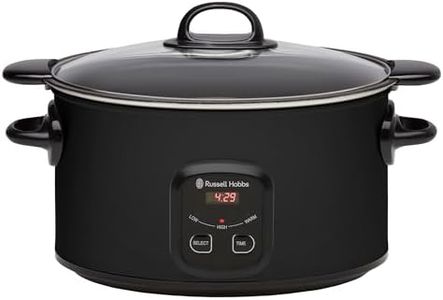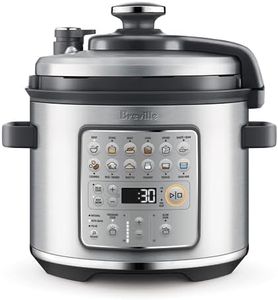We Use CookiesWe use cookies to enhance the security, performance,
functionality and for analytical and promotional activities. By continuing to browse this site you
are agreeing to our privacy policy
10 Best Slow Cookers
From leading brands and best sellers available on the web.By clicking on a link to a third party's website, log data is shared with that third party.
Buying Guide for the Best Slow Cookers
Choosing the right slow cooker involves understanding what features matter most for your cooking style and household. Since slow cookers are designed to make meal preparation convenient and effortless, you’ll want to focus on the size, ease of use, and functionality. Before shopping, consider how many people you usually cook for, what types of meals you prefer to make, and how much space you have in your kitchen. The best slow cooker for you should fit your typical portion needs, be straightforward to operate, and match your desired cooking habits.CapacityCapacity refers to how much food the slow cooker can hold and is typically measured in quarts or liters. This spec is important because it determines whether you can cook enough food for yourself, your family, or guests in one go. Slow cookers usually range from small (2-3 quarts), medium (4-5 quarts), to large (6-8 quarts or more). For singles or couples, a small one is often plenty and takes less space. Families or those who like to meal prep, entertain, or make large cuts of meat should consider medium or large sizes. Think about your usual batch sizes to guide your choice: a cooker that’s too big may result in overcooked meals for small portions, while one that’s too small might not meet your needs for larger groups.
Heating SettingsHeating settings refer to how much control you have over the cooking temperature and time. Most slow cookers offer basic Low, High, and sometimes Warm settings, while more advanced ones may have programmable or digital timers. The importance of this spec is in how precisely you want to manage your meals. For simple set-and-forget use, basic manual settings are easy and effective. If you prefer to set a timer so your food switches to warm automatically or want to schedule meals in advance, programmable options offer great flexibility and peace of mind. Your choice depends on whether you value simple operation or want more automation and timing features.
ShapeThe shape of the slow cooker, usually round or oval, affects what kinds of dishes fit best inside. Round cookers are compact and good for soups, stews, and curries, while oval models are better for larger cuts of meat like roasts or whole chickens. If you frequently cook whole poultry or large pieces of meat, an oval slow cooker is more versatile. For mostly soups, chili, or smaller meals, a round one takes up less space and works just as well.
Pot MaterialPot material describes what the inner cooking pot is made from, usually ceramic/stoneware or metal with a non-stick coating. Ceramic and stoneware are common and known for even heat distribution and being easy to clean. Metal inserts may be lighter and allow for stovetop browning, but can be less durable. This matters if you want multipurpose use, like searing meat on the stove before slow cooking, or prefer simple, straightforward cleaning. Think about how you like to cook and clean up after meals; if you value durability and simplicity, ceramic is a safe bet, whereas if you want versatility, a metal insert could be handy.
Lid TypeLid type generally refers to whether the lid is glass or plastic and if it has special features like a locking mechanism. A glass lid allows you to see the food as it cooks without lifting and losing heat. Some lids are designed to lock in place, making transportation easier and reducing spills—useful if you take your slow cooker to potlucks or gatherings. Consider whether being able to easily check on food or carry the cooker outside of home is important to you.
Ease of CleaningEase of cleaning covers whether the pot and lid are dishwasher safe and if the cooker has any non-stick surfaces. This spec is important because it affects how much effort goes into post-meal cleanup. Dishwasher-safe removable pots and lids are the easiest, while non-stick coatings minimize stubborn residue. If you like convenient, no-fuss cleanup, look for models that advertise dishwasher-safe parts or easy-release surfaces.
